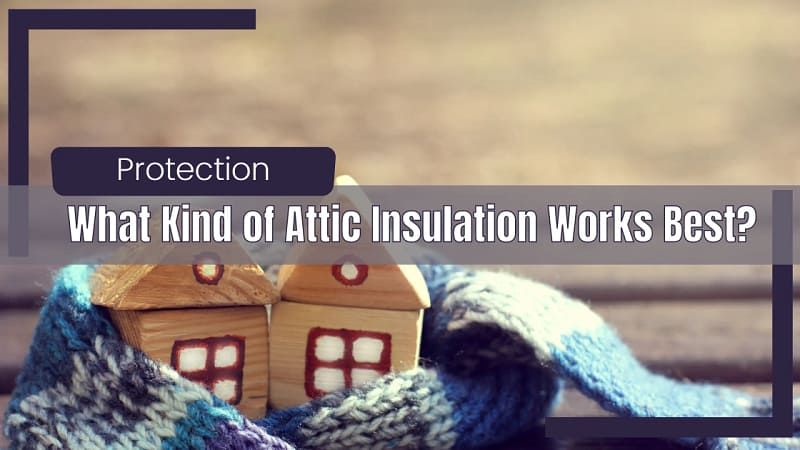We’re in the business of keeping your spaces cool and your air quality high. The first part of that mission is ensuring you have an efficient and effective HVAC system that you can trust.
But cool air only goes so far in Southwest Florida. Especially in this weather. You want to preserve your AC’s best work for as long as possible.
That’s where insulation comes in.
What Your Insulation Should Do
Whatever type of insulation you use, the goal is to block the transfer of heat from the outside (hello, Florida sunshine) to your home’s interior. Think about how metal conducts heat really efficiently—if it’s exposed to something hot, metal will heat up throughout and allow the heat to move on to the air and other things nearby.
We want insulation to do the opposite of that.
And because your roof is exposed to the most direct sunlight throughout the day, your attic insulation is hugely important to keeping that heat out.
Technically speaking, we call this “R value.” Insulation should not transfer heat. The better insulation is at stopping heat where it is, the higher the R value.
Insulation Options
The four major types of attic insulation are fiberglass batts, cellulose, loose-fill fiberglass and spray foam.
- Fiberglass batts are just whole, pre-cut chunks of insulation that you “install” in your attic by just unrolling them onto the attic floor or placing them between the wood frames.
- Cellulose insulation is a thick, clumpy substance made from recycled wood or paper. It comes in bags and is generally installed with an electric insulation blower.
- Loose-fill fiberglass also uses a blower for installation, but in this case it’s recycled fiberglass instead of paper products.
What Type of Insulation Do you Need?
There are a lot of factors to consider when choosing an insulation product for your attic. Obviously you want a high R value to keep your home cool, but cost can also be a factor. That being said, consider insulation an investment: You pay more up front to save on AC-related power bills in the future.
You may think batts are great for DIYers because they’re easy to install, but they provide, at best, uneven coverage. We don’t recommend them.
Blown-in insulation—whether cellulose or fiberglass—offers great protection and coverage that extends to all corners of your attic. Cellulose has a slightly higher R value, but fiberglass is a good option, too—especially since it’s not the same itchy, irritating product that was used 50 years ago.
Also, DIYers, keep in mind that you’ll probably need to rent a blower or hire a professional to install.
Have more installation questions? Just ask Brown! Insulation is a major part of what we deal with on a daily basis.


